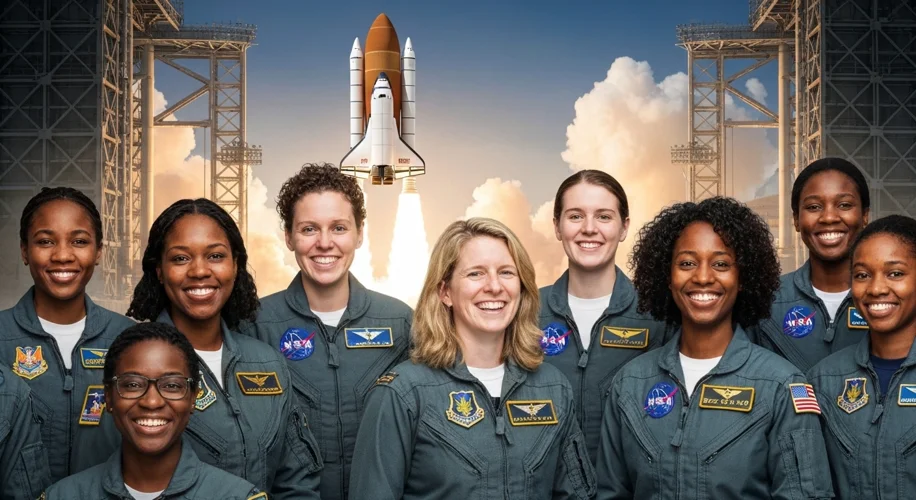Did you know that the dawn of the Space Shuttle era marked a significant turning point for women at NASA? For years, the world of space exploration was largely a male domain. But the Space Shuttle program, with its groundbreaking capabilities and evolving mission profiles, began to change all that.
Before the Shuttle, the path for women in aerospace was a steep climb. Early astronauts, like the Mercury 13, faced immense hurdles. However, the Shuttle changed the game. It wasn’t just about a new vehicle; it was about a new philosophy of spaceflight. The Shuttle was designed to be more accessible and versatile, and this openness extended to its crew selection.
One of the most profound impacts was the increase in opportunities for female astronauts. Sally Ride, the first American woman in space in 1983, flew on the Space Shuttle Challenger. Her mission was a watershed moment, proving that women were not only capable but essential to space exploration. Following Ride, a new generation of female astronauts, including Guion “Guy” Bluford (the first African American in space), Ellen Ochoa (the first Hispanic woman in space), and Eileen Collins (the first female Space Shuttle pilot and commander), all paved their way through the Shuttle program.
This wasn’t limited to just astronauts. The Shuttle’s complex engineering and scientific missions required a vast team of scientists, engineers, and technicians. This need opened doors for women in critical roles across STEM fields at NASA. Women were designing systems, analyzing data, managing missions, and contributing to every facet of the program. The sheer scale and duration of the Shuttle program provided a sustained environment where women could demonstrate their expertise and advance their careers.
Think about the variety of missions the Shuttle undertook: deploying satellites, conducting scientific experiments in orbit, and building the International Space Station. Each of these missions required diverse skill sets, and NASA actively sought out the best talent, regardless of gender. The Shuttle’s legacy is not just in the incredible feats it accomplished in orbit, but also in the way it helped dismantle long-standing barriers here on Earth.
The program fostered a more inclusive culture, demonstrating that talent and dedication, not gender, were the true prerequisites for success in space exploration. It showed the world, and especially young girls, that the sky was no longer the limit – it was just the beginning. The women who flew and worked on the Space Shuttle program weren’t just participating; they were leading the charge, breaking down the glass ceiling one mission at a time.

